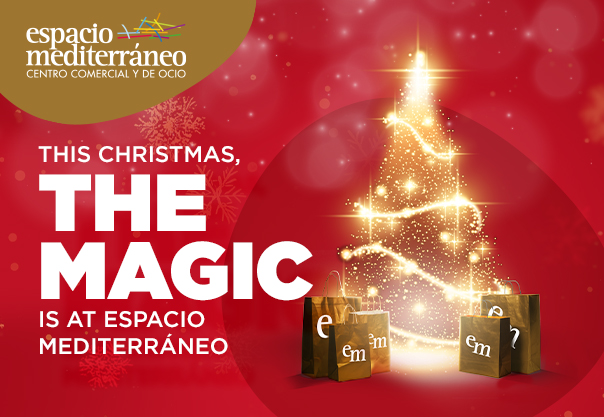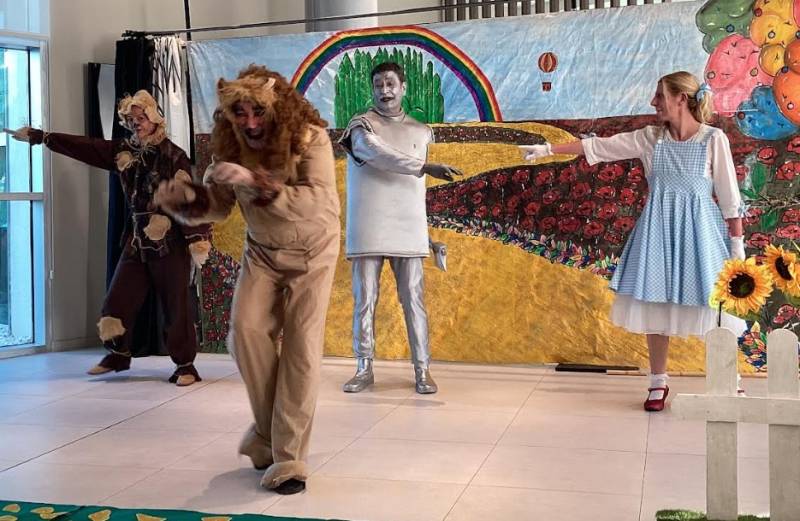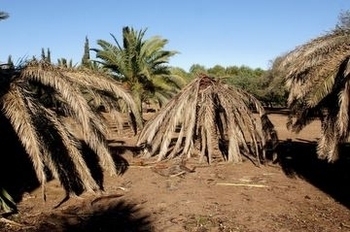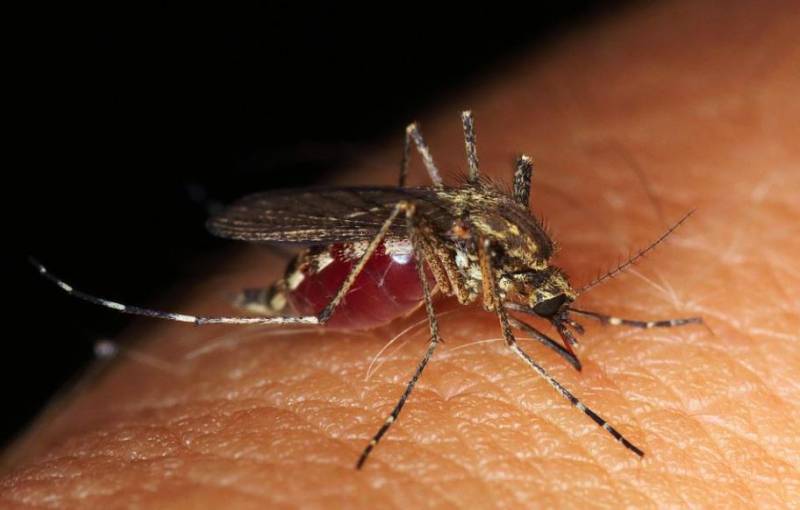
To be listed on the CAMPOSOL TODAY MAP please call +34 968 018 268.

Guidelines for submitting articles to Condado Today
Hello, and thank you for choosing CondadoToday.com to publicise your organisation’s info or event.
Condado Today is a website set up by Murcia Today specifically for residents of the urbanisation in Southwest Murcia, providing news and information on what’s happening in the local area, which is the largest English-speaking expat area in the Region of Murcia.
When submitting text to be included on Condado Today, please abide by the following guidelines so we can upload your article as swiftly as possible:
Send an email to editor@condadotoday.com or contact@murciatoday.com
Attach the information in a Word Document or Google Doc
Include all relevant points, including:
Who is the organisation running the event?
Where is it happening?
When?
How much does it cost?
Is it necessary to book beforehand, or can people just show up on the day?
…but try not to exceed 300 words
Also attach a photo to illustrate your article, no more than 100kb

Murcia traditions: All Saints and All Souls, 1st and 2nd November
What are the All Saints and All Souls Day Halloween traditions in Murcia?
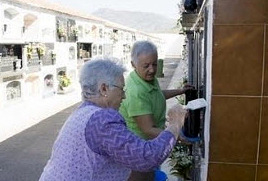 This next week is the celebration of All Saints Day on November 2 and All Souls day on November 2. The fiesta on November 1 is a National Holiday, a red day, so most retail outlets and all public buildings and banks will be closed.
This next week is the celebration of All Saints Day on November 2 and All Souls day on November 2. The fiesta on November 1 is a National Holiday, a red day, so most retail outlets and all public buildings and banks will be closed.
The fiestas of All Saints and All Souls have merged into that of Halloween to such an extent that the Catholic Church has started a campaign to try and bring a religious slant back into a festival which is rapidly becoming more about fancy dress, ghouls, ghosties and an opportunity for a party, than the religious observations around which it is based.
Although it could also be argued that All Saints and All Souls were hijacked from their Celtic roots by the Christian Church to start with!
There are dozens of events being held around the region this weekend and over the early part of next week as Hallowe’en night becomes part of Spanish culture.
A bit of background information:
All Saints Day, or El Día de Todos Los Santos as it is known in Spain has its roots in the beginning of the Celtic New Year, Samhain, which takes place on the 31st October. The celts divided the year into two parts, and this celebration is a time of transition from the end of the harvest to the dark of winter and the festival of the dead in which the souls of the departed are said to return to their homes.
When the Romans invaded the UK in 46 BC they gathered the festival into their own annual calendar and it was celebrated throughout the Roman Empire.
 By the 4th century it had evolved into a festival commemorating Christian martyrs and in 615 Pope Bonifacio converted a Roman Pantheon to a Christian church and dedicated it to "All the Saints."
By the 4th century it had evolved into a festival commemorating Christian martyrs and in 615 Pope Bonifacio converted a Roman Pantheon to a Christian church and dedicated it to "All the Saints."
From here on an annual day was dedicated to All the Saints, and in 741 the date was changed to coincide with the Celtic festival of Samhain, hijacking a date of Celtic significance and making it a Christian celebration, as was the fate of many pagan dates of significance.
So on the eve of the 31st, the Celtic festival of Samhein, became the start of the festival of All Saints on the 1st.
In 998, the French added a date of the 2nd November as a commemoration for the souls of the faithful who had departed and the 2 dates have been celebrated together since.
In Spain All Saints Day is a day of great significance in which relatives will visit the graves of the dead, honouring them with flowers and the lighting of candles, often staying for many hours as family members visit and share the occasion.
Cleaning and repainting is done weeks in advance, with municipalities laying on extra bus services, staff and spending large sums of money on 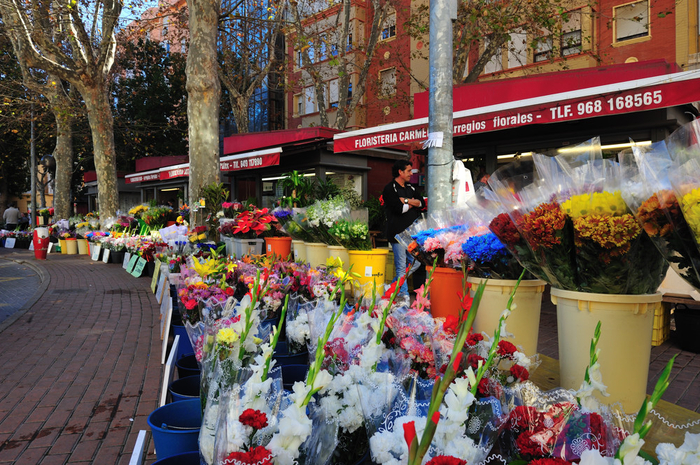 plants and decorations to honour the occasion, with this weekend being the biggest of the year for flower sales.
plants and decorations to honour the occasion, with this weekend being the biggest of the year for flower sales.
The flowers of the season – dahlias, chrysanthemums and carnations can be seen in special temporary flower markets which spring up in every town – the Murcian Plaza de Las Flores being the best known in the region, although the Carthaginian one in Paseo Alfonso XIII is a good size as well.
You’ll also see candles stacked up high in the local supermarkets, red outer casings with the white candles within which are also taken to the cemeteries and lit for the dead.
Extra security staff and police are laid on in public areas as parking can become quite chaotic near to the cemeteries and most towns lay on extra bus services.
All Saints Day food in Spain
Spain wouldn't be Spain without food coming into the equation somewhere, and true to form, sweet little cakes and pastries are made to be shared with visiting family.
 Sweet huesos de santo, literally saint's bones, which look like little ribbed tubes, are a calorific combination of marzipan, egg yolks and cream, cooked with sugar syrup and there are ‘buñuelos de viento, or ‘puffs of wind, sprinkled with cinnamon and sugar, like small sugary donuts, but lighter and just as delicious.
Sweet huesos de santo, literally saint's bones, which look like little ribbed tubes, are a calorific combination of marzipan, egg yolks and cream, cooked with sugar syrup and there are ‘buñuelos de viento, or ‘puffs of wind, sprinkled with cinnamon and sugar, like small sugary donuts, but lighter and just as delicious.
A Murcian speciality is a dish known as Arropes y Calabazate and has been made for centuries; a sweet dish obtained by reducing grape juice to achieve a sticky conserve, which could provide sweetness throughout the winter when there was no more honey to sweeten food and drinks. Peel and certain types of squashes and quinces were added to the mix, and the result is a unique Murcian product which is often eaten in conjunction with rice or cake bases.
This is eaten as part of a popular dish in which figs are simmered in the Arrope and eaten with Leche Frito or gachas de harina (more calories).
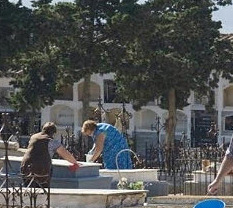 It's an incredibly labour-intensive dish to prepare, but if you'd like to try it, go into Murcia City and in the little square of the Plaza de San Pedro, you'll find a special market by the doors of the old church, with booths selling sweets and arrope for you to sample, together with huesos de santo, pan de higo.(a sticky sweet fig preparation) and other seasonal delights. Jars of arrope are also available at other artisan markets around the region and you'll often find Arrope on sale at artisan fairs throughout the year and on regional gastronomic taster menus.
It's an incredibly labour-intensive dish to prepare, but if you'd like to try it, go into Murcia City and in the little square of the Plaza de San Pedro, you'll find a special market by the doors of the old church, with booths selling sweets and arrope for you to sample, together with huesos de santo, pan de higo.(a sticky sweet fig preparation) and other seasonal delights. Jars of arrope are also available at other artisan markets around the region and you'll often find Arrope on sale at artisan fairs throughout the year and on regional gastronomic taster menus.
In some areas, particularly the North-west of the region, it’s traditional to light bonfires on the night of the 31st and sweet potatoes, bonitas are roasted and enjoyed in their jackets or made into another form of sweet, almost like a deep fried dumpling.
These delicious red sweet potatoes can be seen in markets and supermarkets everywhere at the moment; make them into the best chips ever, sprinkled with balsamic vinegar and sea salt, use in a mash with squashes and bake as a jacket potato. Fabulous!
This is a weekend for family, so there are not as many cultural events as other weekends, the religious 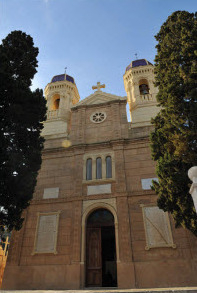 services on the Sunday taking preference over other pursuits, although with the inevitable march of consumerism, there are "nights of the witches" parties and celebrations in many youth centres and there will inevitably be large numbers of costumed witches roaming the bonfires on the 31st.
services on the Sunday taking preference over other pursuits, although with the inevitable march of consumerism, there are "nights of the witches" parties and celebrations in many youth centres and there will inevitably be large numbers of costumed witches roaming the bonfires on the 31st.
The cemeteries are well worth a visit, the larger ones in the cities with a number of impressive monuments and family burials are interesting in their own right, but this next week take on a new dimension. Go and have a look, it’s a uniquely Spanish occasion.
>>> Click to see the What's On section for spooky events across the region <<<
Sign up for the Spanish News Today Editors Roundup Weekly Bulletin and get an email with all the week’s news straight to your inbox
Special offer: Subscribe now for 25% off (36.95 euros for 48 Bulletins)
OR
you can sign up to our FREE weekly roundup!
Read some of our recent bulletins:
Discount Special Offer subscription:
36.95€ for 48 Editor’s Weekly News Roundup bulletins!
Please CLICK THE BUTTON to subscribe.
(List price 3 months 12 Bulletins)
Read more stories from around Spain:









